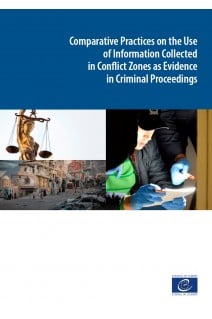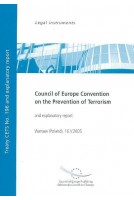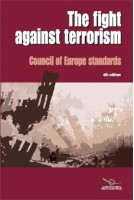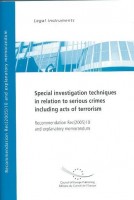FOREWORD EXECUTIVE SUMMARY
1. Sources and Types of Information
2. Mechanisms to Obtain and/or Share Information
3. Steps to Analyse and Use Information
INTRODUCTION 1. SOURCES AND TYPES OF INFORMATION COLLECTED IN CONFLICT ZONES
1.1. Sources of Information
1.1.1. Domestic Sources
1.1.2. Foreign Governmental Sources and Intergovernmental Sharing Mechanisms
1.1.3. Multilateral Actors
1.1.4. Non-Governmental Actors
1.2. Types of Information
1.2.1. Physical
1.2.2. Digital
1.2.3. Documentary
1.2.4. Intercepted and Satellite- or UAS-Generated
1.2.5. Statements and Testimony
2. MECHANISMS TO OBTAIN AND/OR SHARE INFORMATION
2.1. Co-ordination and Information Sharing at the National Level
2.1.1. Domestic Legal Frameworks
2.1.2. Interagency Co-ordination Mechanisms
2.1.3. Declassification Procedures
2.2. International Co-operation
2.2.1. Informal Outreach to Foreign Counterparts
2.2.2. Caveats on Use or Further Sharing of Information
2.2.3. Information Sharing between States through Law Enforcement or Formal Judicial Channels
2.2.4. Intergovernmental Databases and Information-Sharing Initiatives
2.2.5. Co-ordination with Multilateral Actors
2.3. Obtaining Information from Non-Governmental Actors
3. STEPS TO ANALYSE AND USE INFORMATION
3.1. Human Rights Standards and Safeguards
3.2. Analysis for Case-Building Purposes
3.2.1. Assessment and Use to Generate Investigative Leads
3.2.2. Proactive Sharing with Foreign Authorities
3.3. Admitting Conflict Zone Information into Evidence
3.3.1. General Admissibility Considerations
3.3.2. Protection of National Security Interests
3.4. Corroborating Authenticity and Reliability and Supporting Probative Value
3.4.1. Introducing Technical Analysis Results, Documentation, or Contextual Information
3.4.2. Introducing Additional Physical or Digital Evidence
3.4.3. Introducing Supporting Testimony
3.5. Use for the Prosecution of Offences other than Terrorism
CONCLUSION PRACTITIONER’S FREQUENTLY ASKED QUESTIONS (FAQ)










